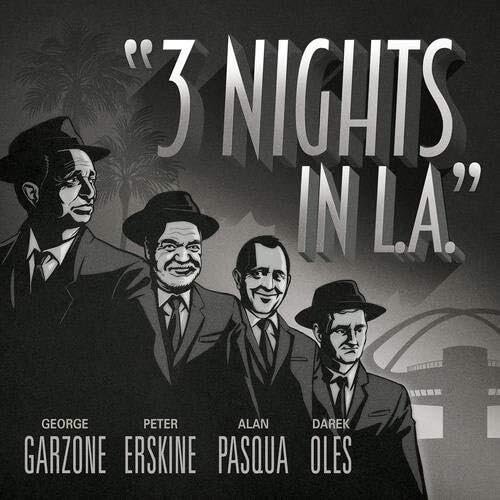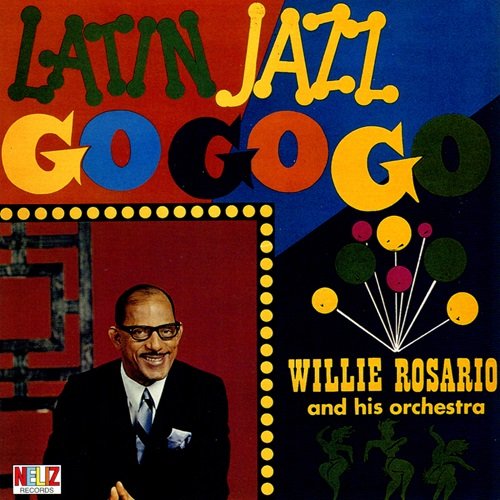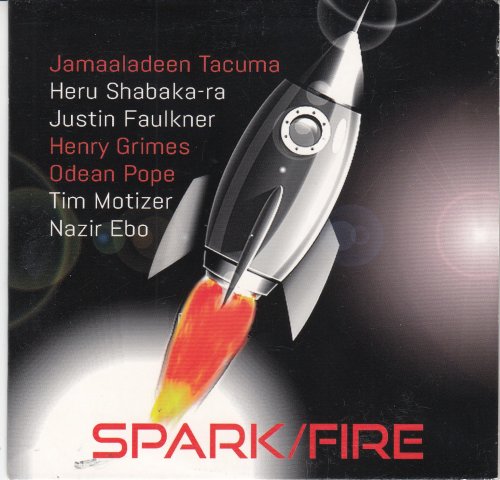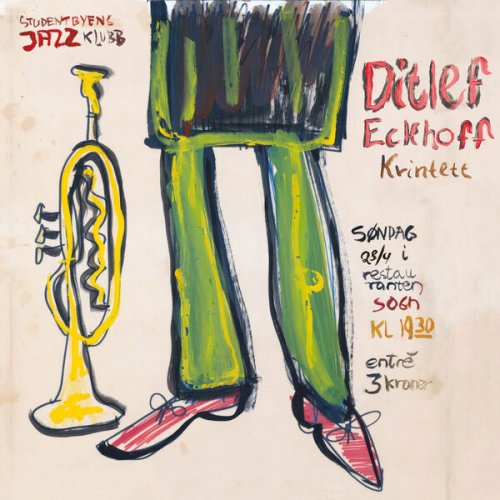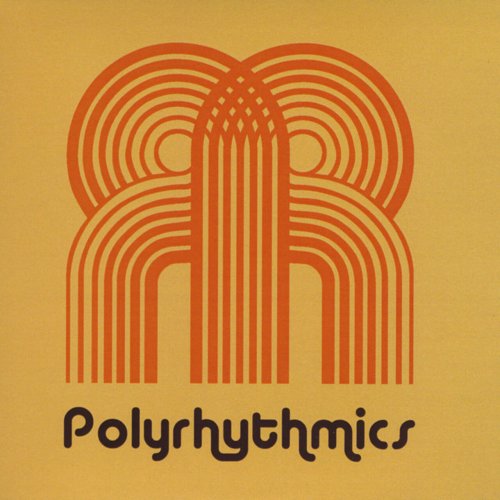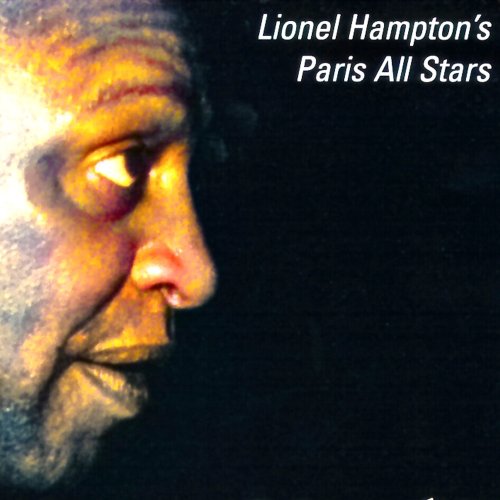Sonny Simmons - Music from the Spheres (1966)

Artist: Sonny Simmons
Title: Music from the Spheres
Year Of Release: 2013
Label: ESP Disk
Genre: Free Jazz, Avant-Garde Jazz
Quality: FLAC (tracks)
Total Time: 47:49
Total Size: 306 MB
WebSite: Album Preview
Tracklist:Title: Music from the Spheres
Year Of Release: 2013
Label: ESP Disk
Genre: Free Jazz, Avant-Garde Jazz
Quality: FLAC (tracks)
Total Time: 47:49
Total Size: 306 MB
WebSite: Album Preview
1. Resolutions (8:34)
2. Zarak's Symphony (12:42)
3. Balladia (12:42)
4. Dolphy's Days (13:30)
Issued in 1966, this was everybody outside of California's first taste of saxophonist Sonny Simmons on the then-obscure ESP label, widely known for its innovative recordings and poor sound quality. This set, however, suffers from none of that, thank god, since the performance is remarkable from start to finish. Made up of four longish tracks, Simmons' ensemble, featuring Barbara Donald on trumpet, Michael Cohen on piano, Juney Booth on bass, and James Zito on drums (with tenor sax man Bert Wilson helping out on "Dolphy's Days"), was a unit particularly suited to Simmon's compositions. And we have to stress that word more than any other here. Composition was the motivating factor for Simmons as a musician at the time, and despite his great talent as an improviser, it remains in the hold of his operative sustenance. Like the Coltrane of "A Love Supreme," or perhaps the Pharaoh Sanders of "The Creator Has a Master Plan," here Simmons used strong modal figures to serve as both melody lines, stacking all of his players accordingly on the line, and equally as harmonic building blocks from which to continually push forward mode and interval. The first evidence of this is on the opener, "Resolutions," with it's twining modal counterpoint on alto and trumpet and then in the solos as Simmons plays under the rhythm section in Donald's gorgeous solo and she plays counter rhythmically to his. On "Zarak's Symphony," a first movement made up of short dissonant lines creates a series of semitonal statements before winding down into a timbral examination before loading out into a vanguard romp on hard bop. And, yes, it does swing like a mutha'. "Balladia" owes a lot to Ornette Coleman in both structure and harmonic expansiveness. The intricate line Simmons and Donald play in front become points of shift and crack for pianist Cohen, who turns them inside out and hands them back to be played again, this time with the new emphasis added. When the solos come into the tune off the melody, they move into modal striation and arpeggiatic fury. In other words, "Balladia" is a dream world since there isn't anything resembling one here. There aren't any weak moments here, just a very expansive hint on what was to come.
![Don Cherry, Dewey Redman, Charlie Haden & Ed Blackwell - Old And New Dreams (1979/2025) [Hi-Res] Don Cherry, Dewey Redman, Charlie Haden & Ed Blackwell - Old And New Dreams (1979/2025) [Hi-Res]](https://www.dibpic.com/uploads/posts/2025-12/1766322079_cover.jpg)
